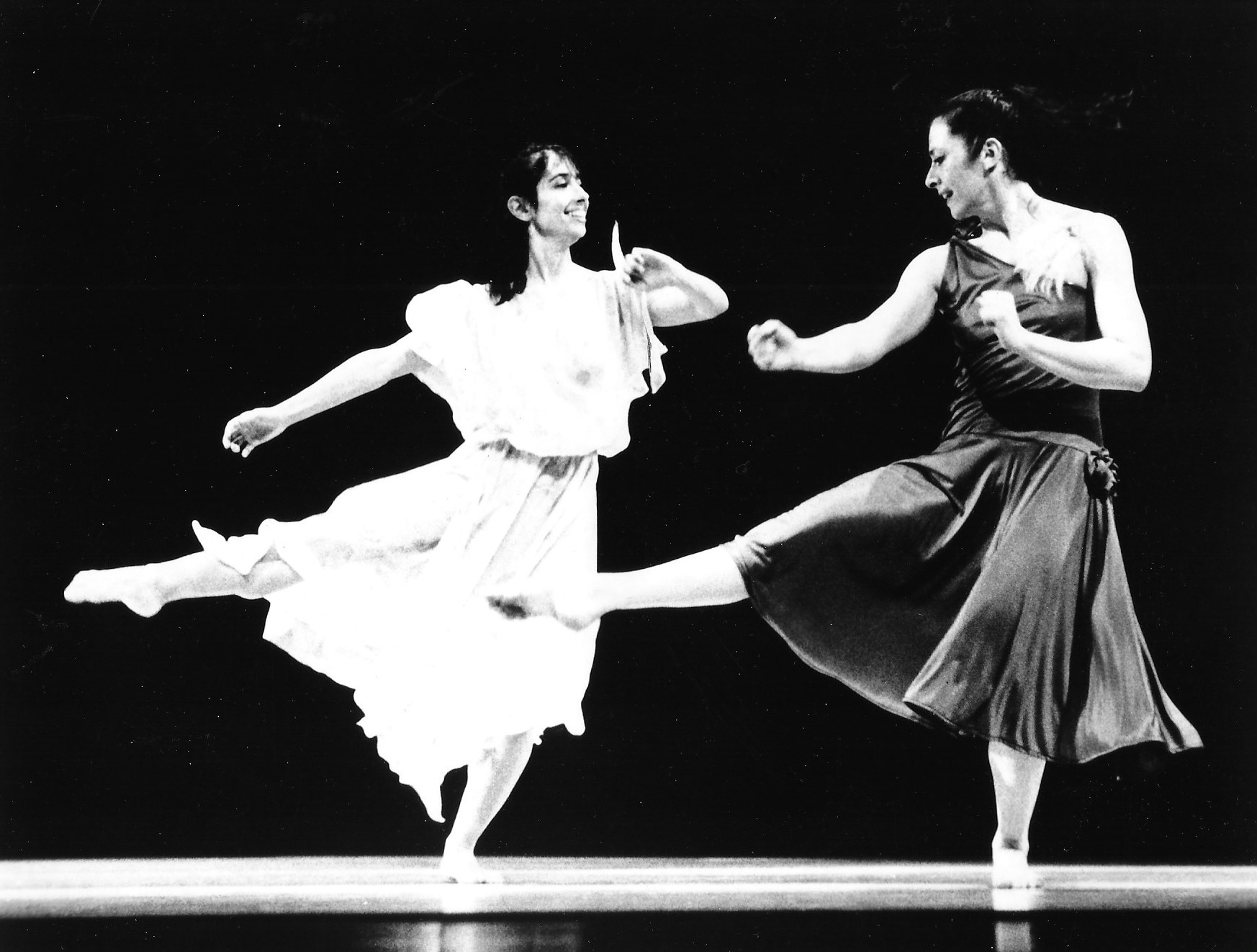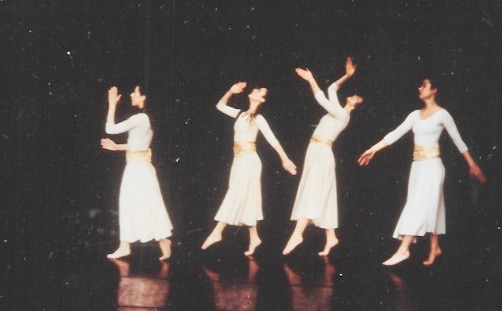This evening as we were getting ready to go out to dinner, Murray said, “Oh by the way the back door of our Rav SUV isn’t closing.” OK, I thought, let me take a look at it.
So… I opened the back door which looked normal except it wasn’t closing tightly and I immediately saw that the latch wasn’t hanging right. Since it was evening and dark… I got out my iPhone, put on the flashlight and saw that one screw had come out of the latch and so it was hanging downward. Murray joined me and we soon found the missing screw. Murray got a screwdriver and in just a few minutes it was back to working perfectly.

Now Murray was a bit surprised, because he’d figured he would have to take it into a repair shop. While I usually am not solving car problems, this was a no brainer… and Murray was very happy that I had just saved us $85 or more. All I could think was that one benefit of touring and running a dance company is that you learn to quickly problem solve.
Tonight I am remembering those moments of touring which required quick problem solving, and the last-minute challenges of directing a dance company. One example I have already shared — the snow storm that left two dancers performing “Let My People Go” when there should have been a full company of six. In a few hours that day we figured out how to make something work for the evening performance. (See “Let My People Go Meets Let it Snow”.)
Last minute casting changes sometimes happened. Like the time that Beth Millstein got the chicken pox two days before we were due to perform in Boston. Well… I called my good friend Linda Kent and asked if she could recommend one of her students or past students from Juilliard who might fill in and she said SHE was available. Wow that was pretty awesome to have a former member of Alvin Ailey Company and Paul Taylor Company subbing for us.
And then there was the time in the airport when one of the dancers hadn’t arrived at our meeting place and it was getting very close to the time that the plane was due to take off. Hmmm…. Not wanting to have the rest of us miss the flight, I left her ticket with a ticket agent and we all boarded the plane. Just as they were about to close the door, the dancer appeared to a round of applause from us and those sitting near us.
When performing in services, we always worked to get furniture moved from the bema so the dancers could have as much space as possible to move. One day when one rabbi was determinedly saying that a podium couldn’t be moved, Rick and I gently tilted it back, disconnected the wires and moved it over to the side, giving the dancers their needed space. The rabbi wrote a lovely review back to the Jewish Welfare Lecture Bureau that had booked us, saying that “JoAnne Tucker was very pleasant to work with in spite of being persistent.”
At one Friday Sabbath service in Connecticut, the rabbi was certain the best place for us to perform was in an area in the back of the sanctuary and everyone could just look over his or her shoulders to see us. Now that was by far the oddest suggestion I had ever heard and there was no way I could agree to that. For several hours we went back and forth… meanwhile I simply told the dancers to work on their spacing on the bema. Finally I quoted scripture – Exodus 40:30-32 about levels of sacred space and remembered something we had written in Torah in Motion. I convinced him that it would be all right for the dancers to be on the bema because they would not be going up to the ark where the Torah scrolls were kept. That space was just for him! Success! We danced on the bema!
So many times, I entered a space in the early afternoon and had to make decisions of where I would run the sound, set it up, and make sure it worked. How many times dancers had to quickly adapt to a new space, making it their own and performing brilliantly. And then when we were in a theatre, I had to quickly learn the lighting system. Larger companies carried tech people. We didn’t. While I rarely ran the lights, I had to learn how to communicate with the light person and sometimes a sound person to be able to call the cues. Then I would call my own cue and walk into the spotlight to narrate between pieces.
So… what I learned from running a dance company was to be flexible. Problems can be solved by stopping, taking in the situation, and then seeing the possible solutions. This training has served me very well in life and fixing our car door tonight was a small example.

 Print This Post
Print This Post














